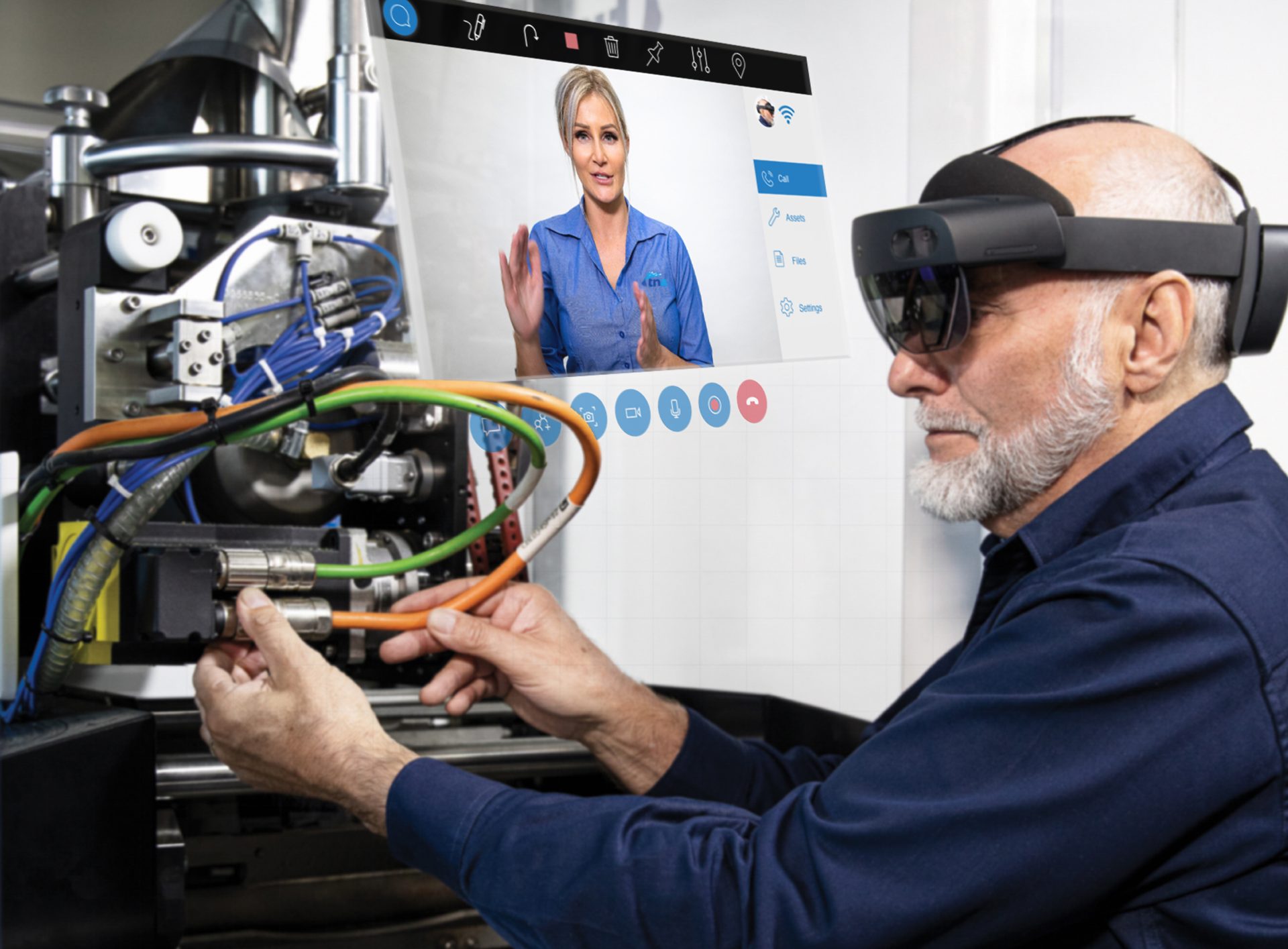


Eric Geling, Chief Sales Officer, TNA Solutions
PS: Are you seeing customers using FFS machines for any new product areas?
EG: As a leading global supplier of integrated food processing and packaging solutions, we've been observing some interesting trends in the use of vertical form fill and seal (VFFS) systems in the food industry. Firstly, we've seen an increased demand for healthier snacks, such as lower-fat potato chips and vegetable chips made from alternative ingredients like taro, banana, and plantain. This trend is in line with the growing awareness of health and wellness among consumers and their desire for more nutritious snack options.
In addition to healthier snacks, we've also seen the rise of protein snacks. For instance, we've recently worked with Benestar Brands, a U.S. pork snack company that produces artisan pork rinds and cracklings. With a wide portfolio of natural, protein-rich, and keto-friendly snacks, Benestar Brands puts specific emphasis on delivering consistently high product quality to its loyal customer base. Pork rinds have very different product characteristics compared to traditional snacks we've been working with, such as potato and tortilla chips. Our deep understanding of the industry and technological requirements allowed us to provide Benestar Brands with the highly efficient processing and packaging line for its bespoke products and bring them to market quickly and efficiently.
We are also seeing an increased demand for healthier confectionery products, such as sugar-free, low-calorie, and organic options. This trend is driven by consumers' growing awareness of the importance of healthy eating and their desire for guilt-free indulgence.
At TNA, we are committed to staying at the forefront of these trends and providing innovative solutions to meet the evolving needs of our customers and their consumers.


A TNA engineer provides technical support using the TNA remote assist service.
PS: What are some of the top features that food producers are looking for in new FFS equipment?
EG: VFFS systems are highly sought-after by food producers due to their accuracy, high speed and convenience. In today's economic climate, we see growing demand for increased efficiency, which has led to the recent launch of the 'Perfect Pair.' This solution consists of the latest version of our flagship VFFS packaging system, the TNA robag® 3e, and the TNA auto-splice 3. This pairing can boost production uptime by up to 5% with only a 200-millimeter increase in overall floor space. This system has the smallest VFFS footprint in the world and provides energy savings of up to 20% through its enhanced productivity and intuitive power-saving software, which shuts down the system when not in use.
Another key area of demand is sustainability due to growing consumer and supply chain demands. We offer a wide range of sustainable film materials on our VFFS systems, and we continue to develop advanced software to deliver tangible sustainability benefits to food producers.
The 'Perfect Pair' features EtherCAT® real-time protocol and an integrated display controller system. The latest software provides information from the TNA checkweigher or product in-seal inspection to inform operators about the best weighing bucket configuration for prompt troubleshooting, reducing rejects, product and material waste. As a result, snack manufacturers can produce up to 2,800 more bags per line per day with minimal downtime. The TNA robag® 3e also reduces product waste levels to 0.1% and provides a more efficient, sustainable packaging operation.
To further support food producers on their sustainability journey, we have introduced features such as single-serration jaws to reduce the consumption of biaxially oriented polypropylene (BOPP), a recyclable but non-biodegradable material. The single-serration jaws can save up to 5 millimeters of material per seal, which translates to 2.26 million bags per month for VFFS systems that produce 150 bags per minute. In a factory with 10 packaging lines operating at least 12 hours a day, this results in nearly 390 kilometers of film saved per month.
We also see a significant demand for automation and digitalization in the food industry, with manufacturers adopting smart technologies to optimize their production lines, reduce waste, and improve product quality. At tna, we’re always looking for ways to harness the latest developments in digital technology to improve efficiencies in food production and processing. The most recent example of this was the launch of the tna remote assist service. Powered by the Microsoft HoloLens 2 headset, it leverages augmented reality (AR) technology to allow tna engineers to connect and collaborate with customers virtually in real-time and remotely guide machine maintenance, installation, training, and servicing. This allows for an entirely digitally enhanced customer service experience, giving food manufacturers the tailored support they need to keep lines operating smoothly — wherever they are in the world.
Our latest Extended Reality (XR) technology enables Virtual Factory for remote commissioning, installation and maintenance of production lines, reducing carbon footprint and downtime. TNA’s state-of-the-art software, coupled with the latest VR headsets, allows food producers to experience the production line before making any decisions.
PS: What are the trends in food?
EG: Health and wellness: There is a growing demand for healthier food options, including plant-based and functional foods that offer specific health benefits. In the snack sector, for instance, consumers are looking for indulgent treats in smaller pack sizes. These bite-sized snacks provide the mood-boosting moment people crave, without sacrificing their long-term health goals. To meet these changing consumer preferences, food manufacturers need adaptable, high-performance packaging solutions, such as VFFS machines. These systems will be crucial in allowing manufacturers to cater to consumers’ evolving priorities while maintaining their operational efficiency.
- Personalization: Personalization is a powerful tool for increasing shopper engagement and commanding a higher price point. The rise of more intimate, digitally-enabled buying experiences, coupled with increased economic uncertainty, has sharpened consumers' focus on how a product serves their specific needs more than ever before.
Personalized or limited edition 'premium' product varieties inevitably create additional packaging complexity, impacting line throughput and yield. The latest equipment operating systems are helping manufacturers overcome these traditional barriers. By enabling more product types to be produced quickly without compromising on quality, meeting consumers' high expectations for premium products has never been easier or more profitable. - Sustainability: Consumers are increasingly aware of the environmental impact of food production and are looking for sustainable and eco-friendly options. This includes reducing food waste, using biodegradable packaging, and sourcing ingredients from ethical and sustainable sources.
- Global flavors: Consumers are also becoming more adventurous in their food choices and are seeking out cuisines from different parts of the world. This has led to a greater demand for diverse and global flavors in the food industry. As a result, food manufacturers are now focusing on creating new and exciting flavor profiles, using ingredients and spices from around the globe, to cater to the evolving tastes of consumers. Having versatile packaging solutions, such as VFFS machines, can help food manufacturers to handle multiple products on the same line, while maintaining efficiency and reducing downtime for cleaning and changeovers. As consumer tastes continue to evolve and diversify, having flexible packaging solutions that can adapt to changing market trends will become increasingly important for food manufacturers looking to stay competitive.